Guangzhou, the capital and the most populous city of the province Guangdong in southern China is home to the famous Spring Festival Flower Fair held yearly. It is dubbed as the “flower city” because of its emphasis on having gardens and greenery. During the festival, the streets are decorated with fragrant, colorful and beautiful fresh flowers, golden tangerines and miniature landscapes where people shop for flowers and gifts.
History of Guangzhou Flower Fair
The annual festive flower fair in Guangzhou originated 500 years ago to the Ming Dynasty. The forming of the festival is related to the city’s climate, history and culture. Guangzhou being subtropical, enjoys long days of sunshine and plenty of rainfalls, excellent for growing flowers. The large demand for flowers from the Guangzhou market lead to the formation of the festival for people to appreciate flowers, and the old saying “No flower fairs, no Spring Festival” had also evolved.

In 1920, the festival began to be held regularly. Nowadays, the annual flower fair is divided into 8 major markets all around the city of Guangzhou.
Flowers, Plants and their Symbols
It is a Chinese tradition to welcome spring with flowers. In Guangzhou, it is customary to visit the flower fair on the eve of Spring Festival and buy potted trees with hanging tangerines. Tangerine trees symbolize a fruitful marriage, goodwill, good luck and prosperity or wealth.
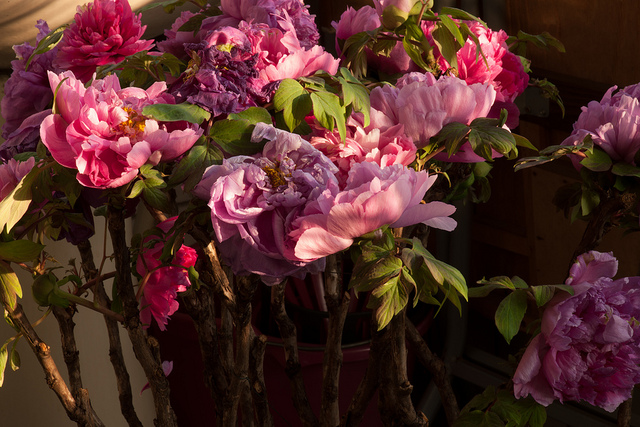
People also buy peonies for love, affection and feminine beauty. Peony which was China’s National Flower in 1903, also symbolizes honor, wealth and aristocracy, hence known as “king of flowers.”
Other plants and flowers that people buy include – peach blossoms for romance, longevity and considered as the strongest defense against evil; lettuce for wealth generation and chrysanthemums for long life.

On the contrary, if one comes back home from the fair empty-handed, that would mean a year of unhappiness.


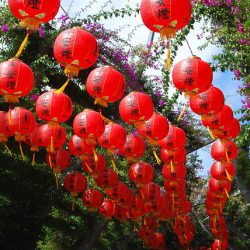



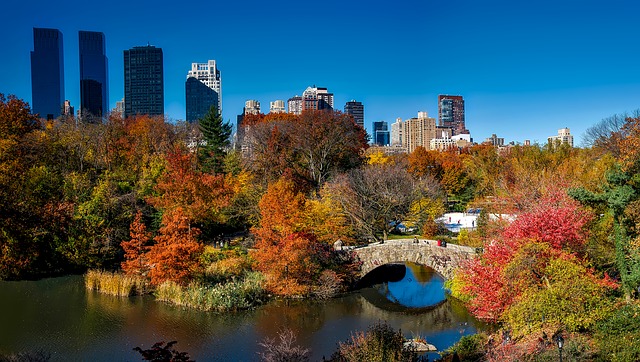
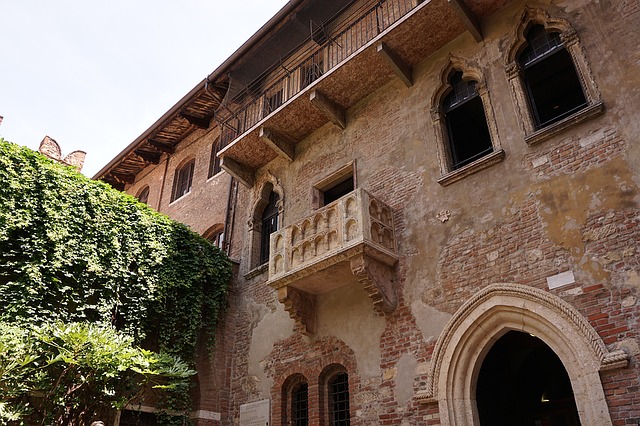

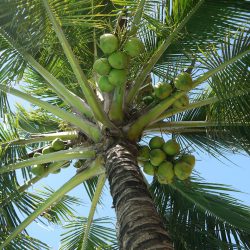
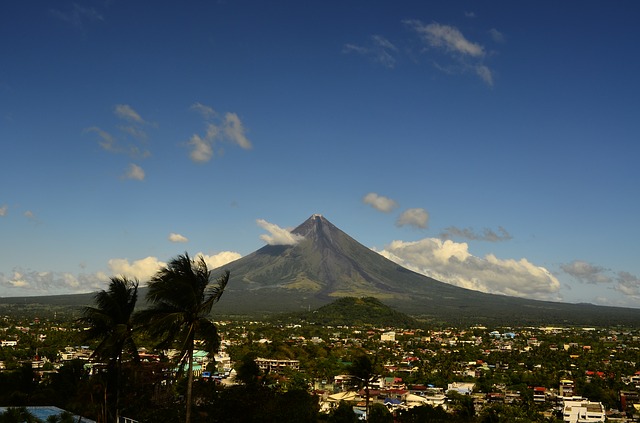



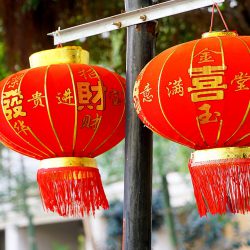

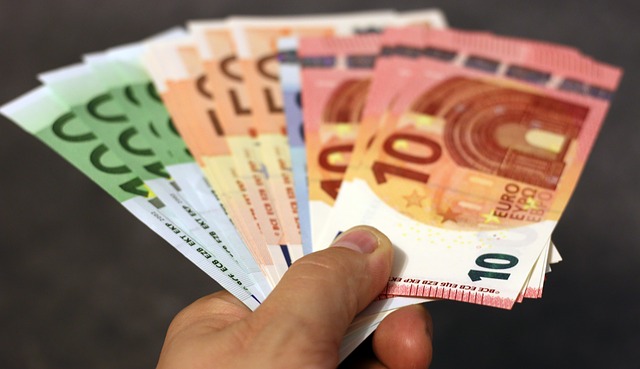
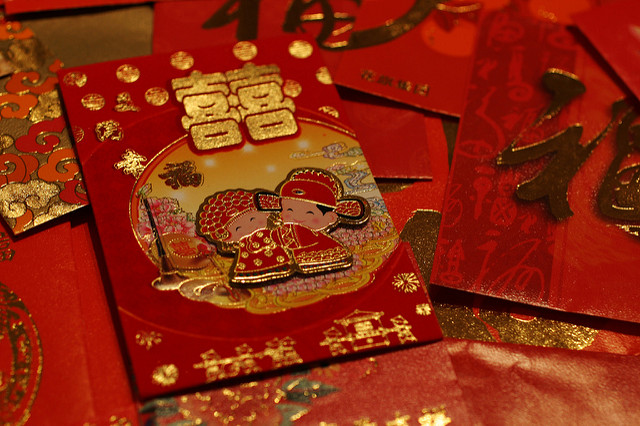

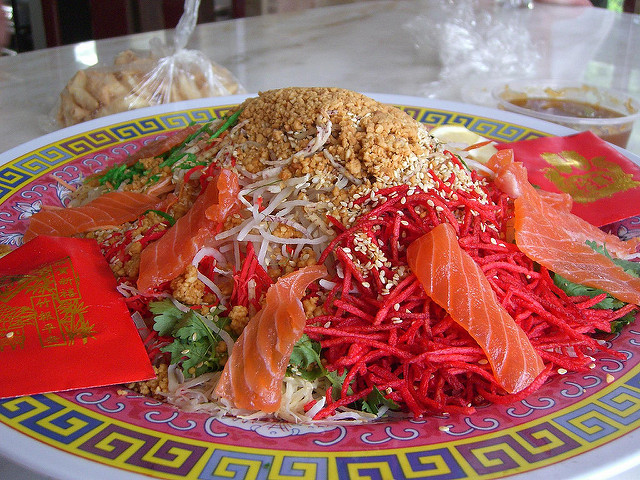
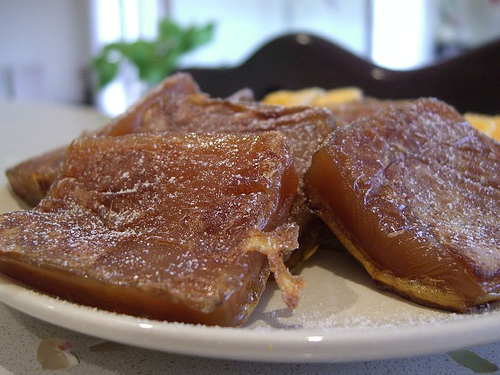

![Photo credit: SebastienPoncet (Own work) [Public domain], via Wikimedia Commons](http://blog.egetinnz.com/wp-content/uploads/2017/01/By-SebastienPoncet-Own-work-Public-domain-via-Wikimedia-Commons.jpg)